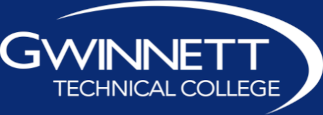|
Standard |
Performance Indicators |
Select Outcomes |
|
The information literate student: |
||
|
determines the nature and extent of the information needed |
Defines and articulates the need for information |
Identifies a research topic or other information need |
|
|
|
Formulates questions based on the information need |
|
KNOW |
|
Uses general and subject-specific background information sources |
|
|
|
Modifies the information need to achieve a manageable focus |
|
|
|
Identifies key concepts and terms that represent the information need |
|
|
Identifies a variety of types and formats of potential sources for information |
Identifies the value and differences of potential resources in a variety of formats (e.g., multimedia, database, website, data set, audio/visual, book) |
|
|
|
Identifies the purpose and audience of potential resources (e.g., popular vs. scholarly, current vs. historical) |
|
|
|
Differentiates between primary and secondary sources, recognizing how their use and importance vary with each discipline |
|
|
Considers the costs and benefits of acquiring the needed information |
Determines the availability of needed information and makes decisions on broadening the information seeking process beyond local resources (e.g., interlibrary loan; using resources at other locations; obtaining images, videos, text, or sound) |
|
|
|
Determines a realistic overall plan and timeline to acquire the needed information |
